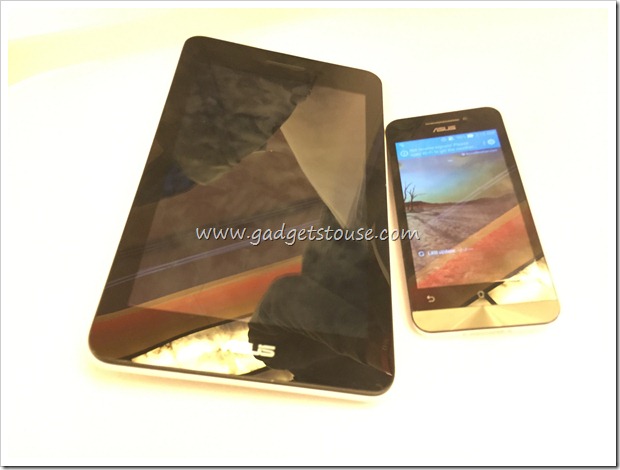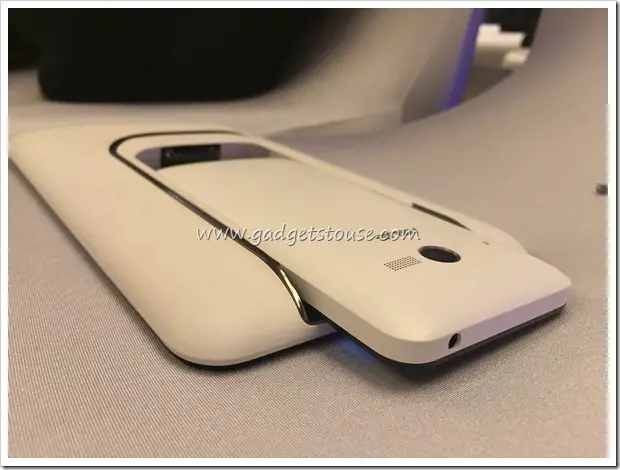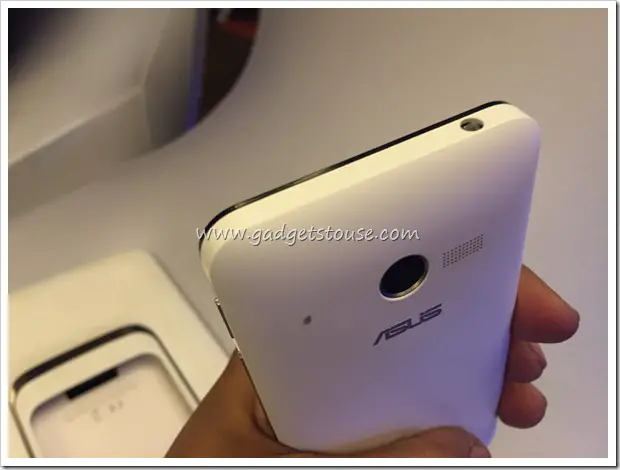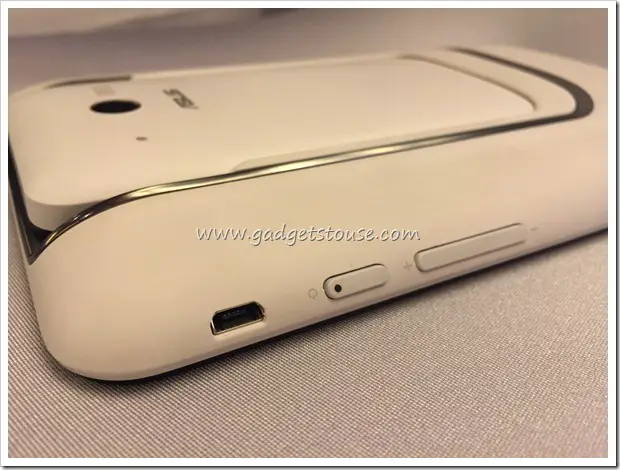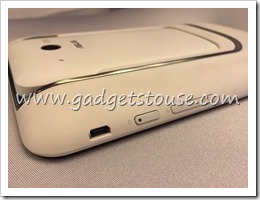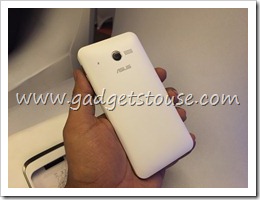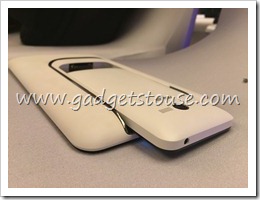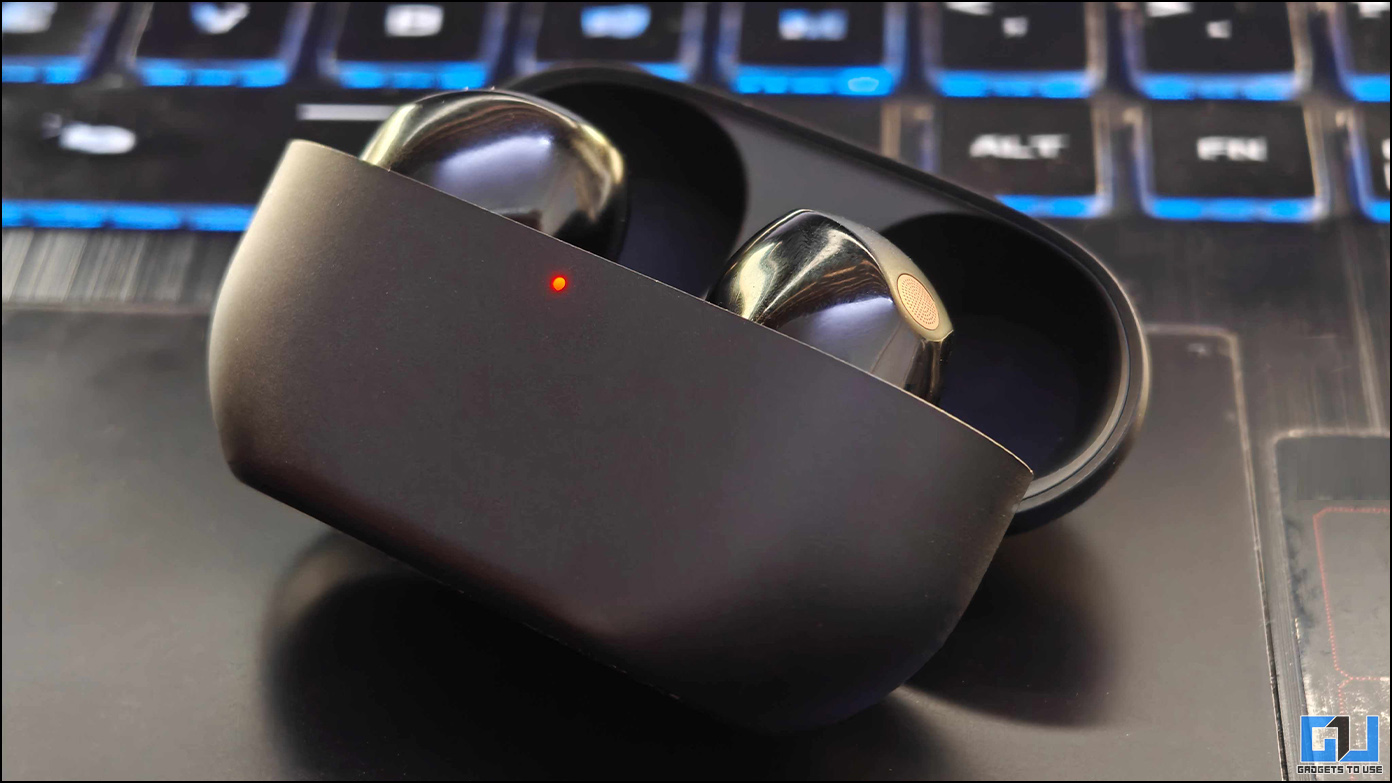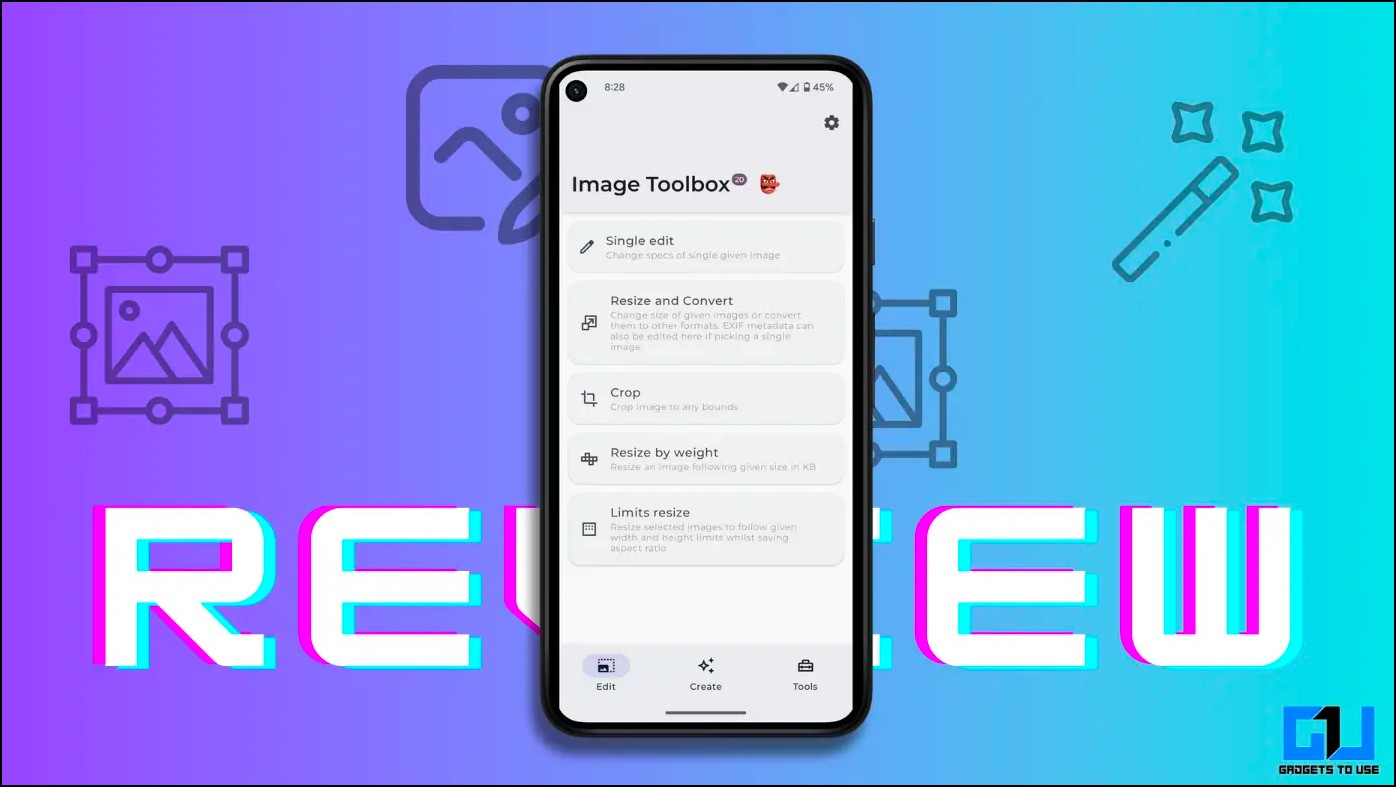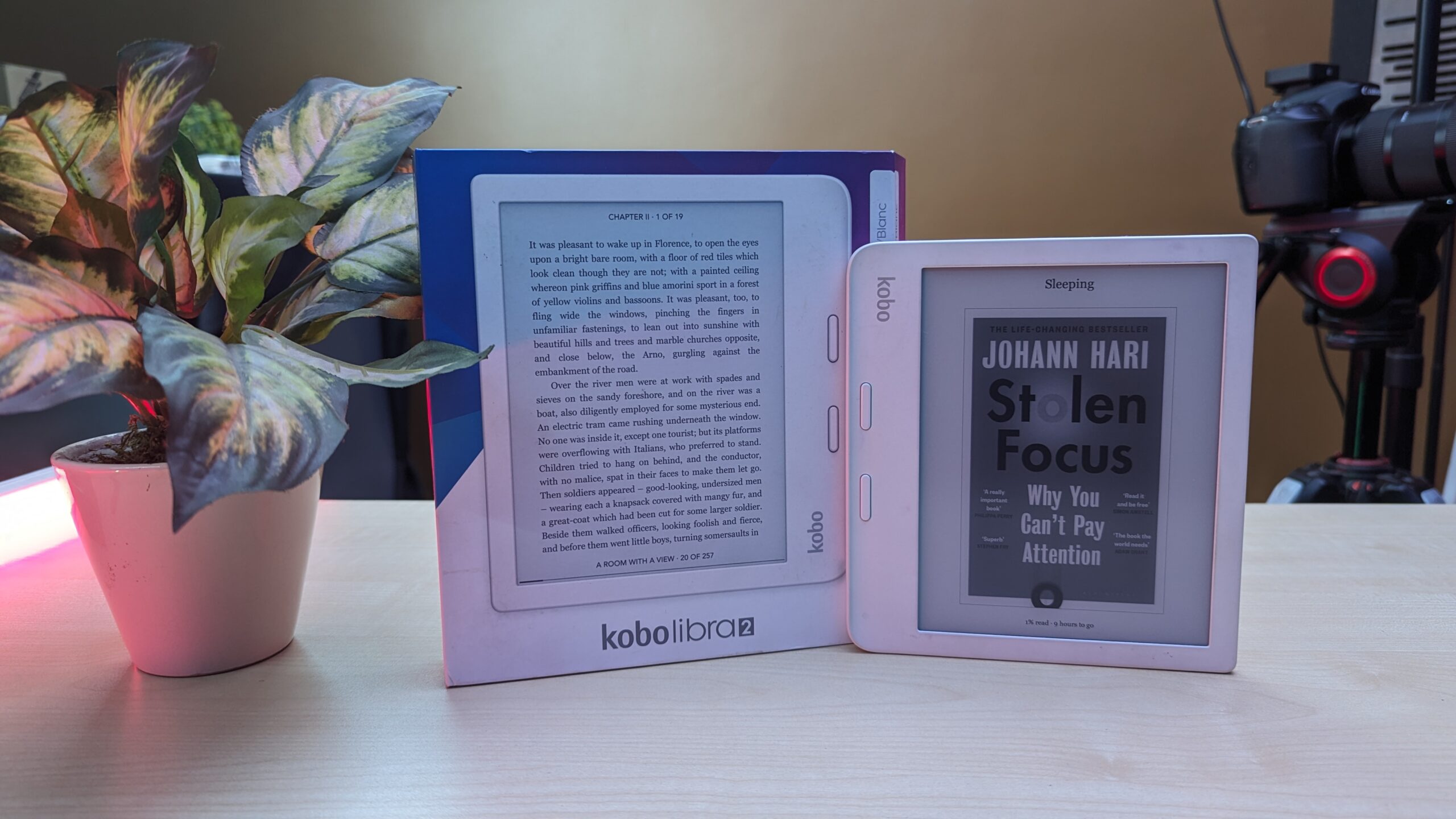Asus today presented its new brand ambassador, Rannvijay Singh – The tough hunk from Roadies fame. At the launch event, Asus also showcased its new PadFone Mini, which recently went on sale for 15,999 INR. The PadFone concept is truly interesting. It combines a small portable smartphone, which you can easily carry around, with a 7 Inch tablet station (which it docks into) for times when you would want to use a larger display. Let’s see if it works in practice.
Asus Padfone Mini Quick Specs
- Display Size: 4.0 Inch LCD, 480 x 800 resolution, 233 PPI
- Processor: 1.6 GHz dual Core Intel Atom Z2560 processor with PowerVRSGX 544 GPU
- RAM: 1 GB
- Software Version: Android 4.4.2 KitKat (customized)
- Camera: 8 MP
- Secondary Camera: 2 MP
- Internal Storage: 8 GB
- External Storage: MicroSD support up to 64 GB
- Battery: 1170 mAh
- Dual SIM
Design, Build and Display
Cleverly designed Asus PadFone mini has a docking station or the 7 inch tablet and a smartphone which you can dock on the rearside, magically transferring everything on your Smartphone to a larger 7 inch display.
The 4 Inch WVGA smartphone has striking resemblance to Zenfone 4 with the same metallic trim lining the display at the bottom end and the familiar soft touch plastic back. It’s slick and comfortable to hold in hand and also quite light in weight.
The dock comes with some extra battery (which can also be used to charge the phone), hardware keys, capacitive keys and sensors. For everything else, it relies on Smartphone hardware.
When docked inside the tablet station, the combination of two gets a little chunky. Needless to say, one handed operation isn’t much of an option. The TFT LCD display, though not trying to impress with its pixel count, is well made. It shouldn’t be bad at all for day to day usage. If you are accustomed to full HD and other PPI busting resolution, you will notice some softness in colors. Also missing is Gorilla Glass 3 protection.
Processor and RAM
The processor used is 1.6 GHz Intel Atom Z2560 Dual Core with 1 GB RAM. This is the same CPU which we saw in Zenfone 5 and is powerful enough for smooth performance. We didn’t observe any lag on the device in our initial testing.
When you dock phone in tablet, everything on phone screen is transferred to the tablet display. The hyper threading enabled Z2560 can handle this transition smoothly and seamlessly. We are still skeptical about how the performance will pan out after first few months of usage or with heavy gaming.
Camera and Internal Storage
The rear 8 MP camera has been sourced from Sony with f 2.0 apertures is good in day light. The low light shots however get quite grainy. There is no LED Flash either. Asus Pixelmaster low light mode is supposed to make low light photography better, but we will test this thoroughly later in our full review.
On the whole, it’s an average 8 MP shooter. The tablet station doesn’t have any camera moule, so when you plug the phone in, you lose your front camera.
Internal storage is 8 GB and can be further extended by another 64 GB using MicroSD card support. Although you won’t be out of place expecting more native storage space at this price point, the storage won’t be an issue.
User Interface and Battery
Asus PadFone Mini has the Zenfone line interface. It is running Android 4.4 KitKat based Zen UI out of the box. Zen UI is rich in features, some of which we find quite handy. UI transitions on PadFone Mini are smooth.
Battery capacity is 1170 mAh for the phone and 2100 for the docking station. You get the option to charge your smartphone from the tablet dock as well. Since PadFone heavily relies on the phone for all major things, a 1170 mAh battery doesn’t seem good enough, especially keeping our experience with Z2560 SoC in mind. We will have to spend some more time with the device to judge how the backup turns out to be.
Padfone Mini Photo Gallery
Conclusion
The PadFone Mini is the kind of device which in we can see our seleves using on day to day basis. The biggest concern however is the small battery on the phone which will limit its usage as a primary phone, which in a way defeats our purpose. Only if Asus had managed to put in a bigger 4.5 Inch phone with a bigger battery, this would have been more appealing.
